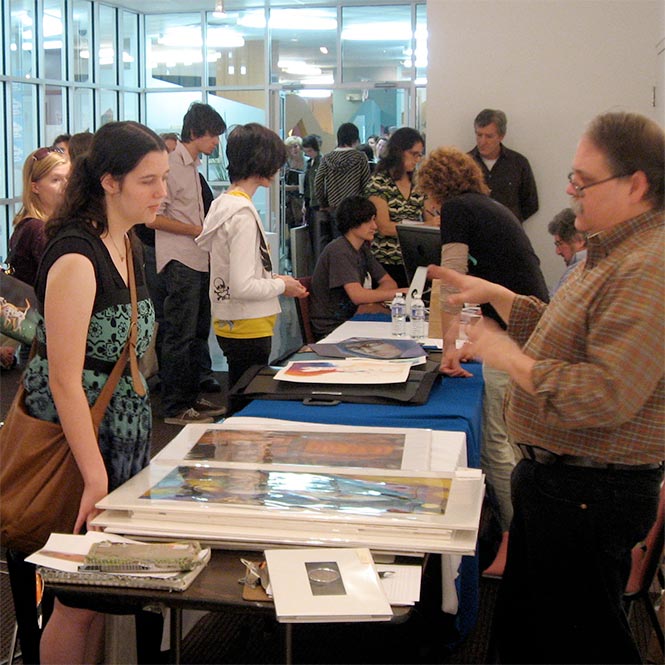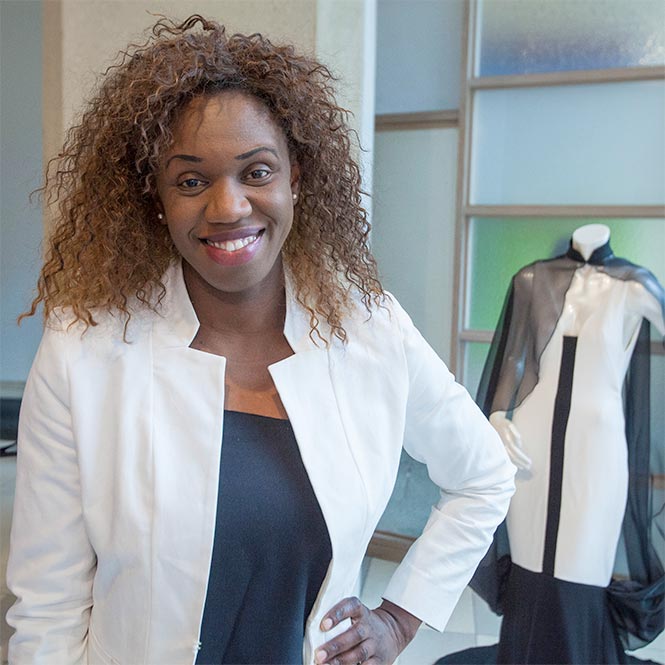- BROWSE
- Undergraduate
- schools with
- all programs
- in
- any region
- BROWSE SCHOOLS
- Undergraduate
- schools with
- all programs
- in
- any region

Image provided by Watkins College of Art, Design & Film
Watkins Admissions
The Curriculum
The Quality
The Students
The Stats
The Support
There are many professions that one can pursue with an art and design degree.
The career prospects are vast for those with an art and design degree, and we invite you to read through our alumni stories to explore the varied paths they take, discover art and design careers and learn about the value of an arts education.
Discover art and design careers
What's the return on investment for an art and design degree?

Image provided by Moore College of Art & Design
Photo: Thom Carroll
Tuition and fees at AICAD schools range between $23,700 - $54,300 (2017/18) per year, similar to most private colleges and universities in the United States. Though these numbers may sound high, virtually every college in the United States, including AICAD schools, offers financial aid. Often, the most expensive colleges offer the most financial aid, meaning that sometimes the highest “sticker price” can turn out to be the most affordable option. In 2015-16, 83% of all first-time, full-time freshmen at AICAD schools received some form of financial aid, and the average financial aid package (not including loans) was in the amount of $17,703 - over 50% of the average tuition cost in the U.S. (2016-17 average tuition cost for private colleges in the U.S. is $33,480.)

Image provided by School of Visual Arts
AICAD schools offer admission based on a combination of factors including the strength of artwork/portfolio, grades, test scores, writing samples, recommendations, extra-curricular activities, and sometimes interviews and auditions.
The application process can be daunting, but AICAD is here to help. Read through our tips on application preparation, discover a pre-college program, and encourage your son or daughter (as early as 9th grade) to upload their artwork to the AICAD Portfolio Review Portal to get feedback from AICAD school admissions counselors.
Some additional tips: